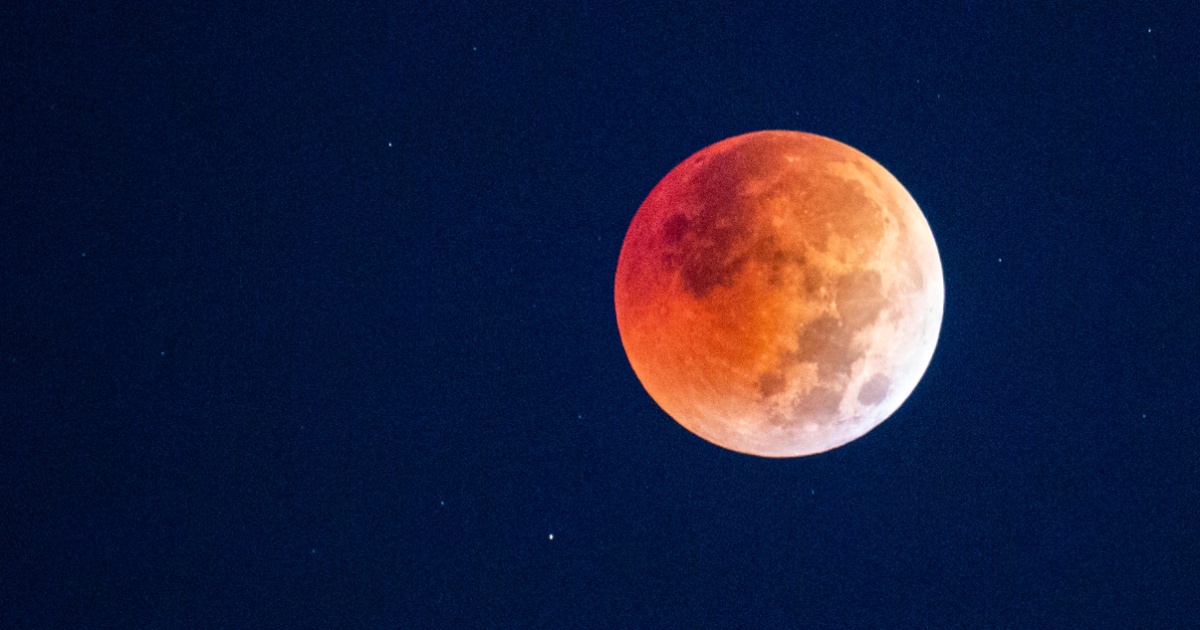Total Lunar Eclipse: U.S. Skywatchers to Witness 'Blood Moon'
A total lunar eclipse will be visible across the U.S. tonight, giving audiences a chance to see a reddish moon.
Overview
Tonight, a total lunar eclipse will take place across the U.S., creating a stunning 'Blood Moon' visible in all 50 states. The phenomenon occurs when the Earth blocks direct sunlight from reaching the moon, resulting in a reddish glow. Although cloud cover is expected in some areas, the event is safe to view without equipment, unlike solar eclipses. This will be the only total lunar eclipse visible in the U.S. until 2026, making it a rare chance for skywatchers. Tips from photography experts are provided for capturing the event with smartphones and cameras.
Analysis
Analysis unavailable for this viewpoint.
Sources (3)
Center (3)
FAQ
The moon appears red during a total lunar eclipse because sunlight is filtered through Earth's atmosphere, scattering shorter wavelengths like blue and violet, allowing longer wavelengths like red and orange to reach the moon.
The total lunar eclipse will be visible across North and South America, and partially visible in western Africa and Europe.
No special equipment is needed to view a total lunar eclipse; it can be observed with the naked eye.
The next total lunar eclipse visible in the U.S. will occur in 2026.
History
This story does not have any previous versions.


